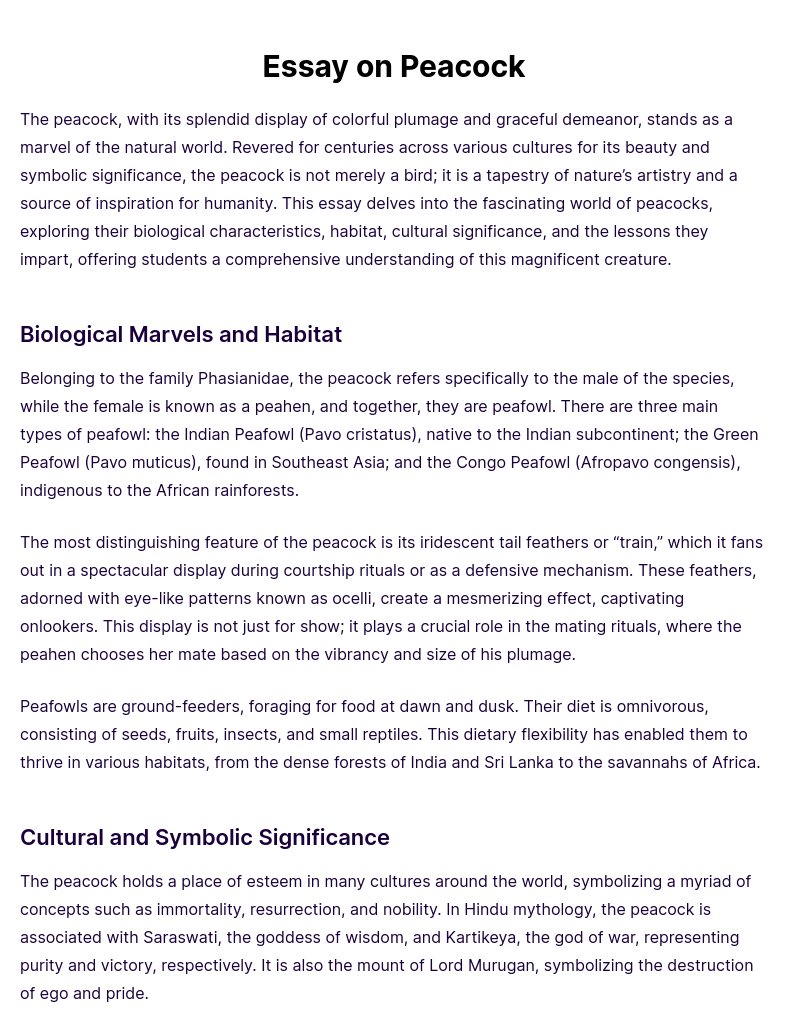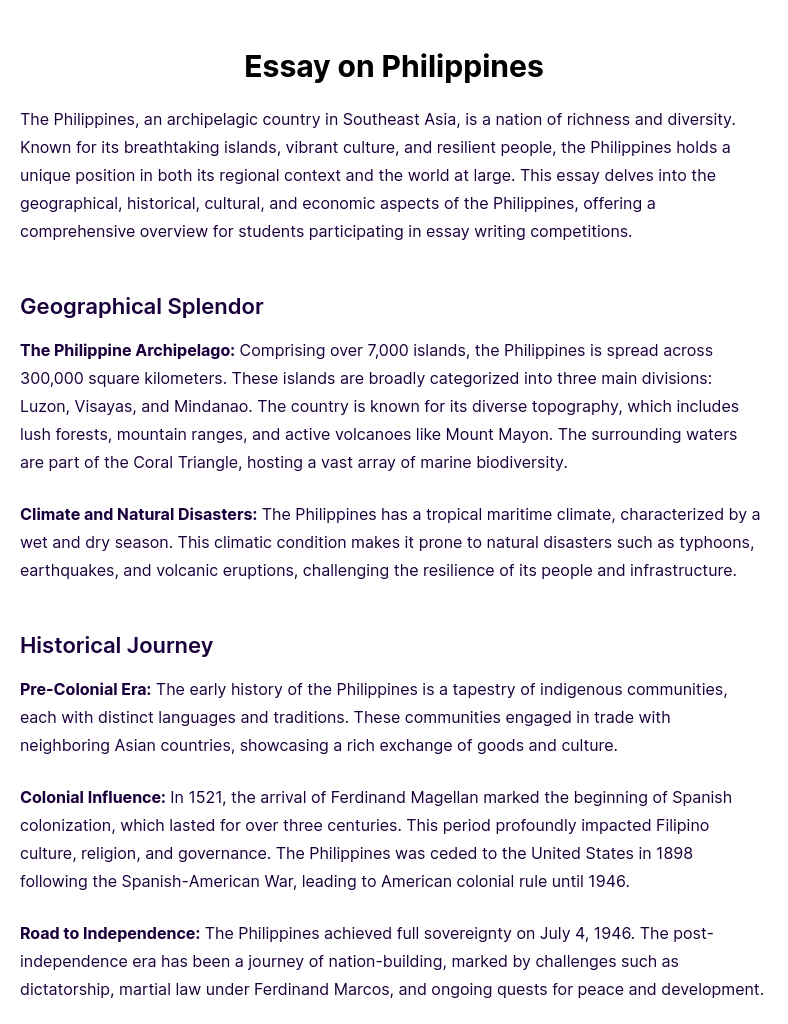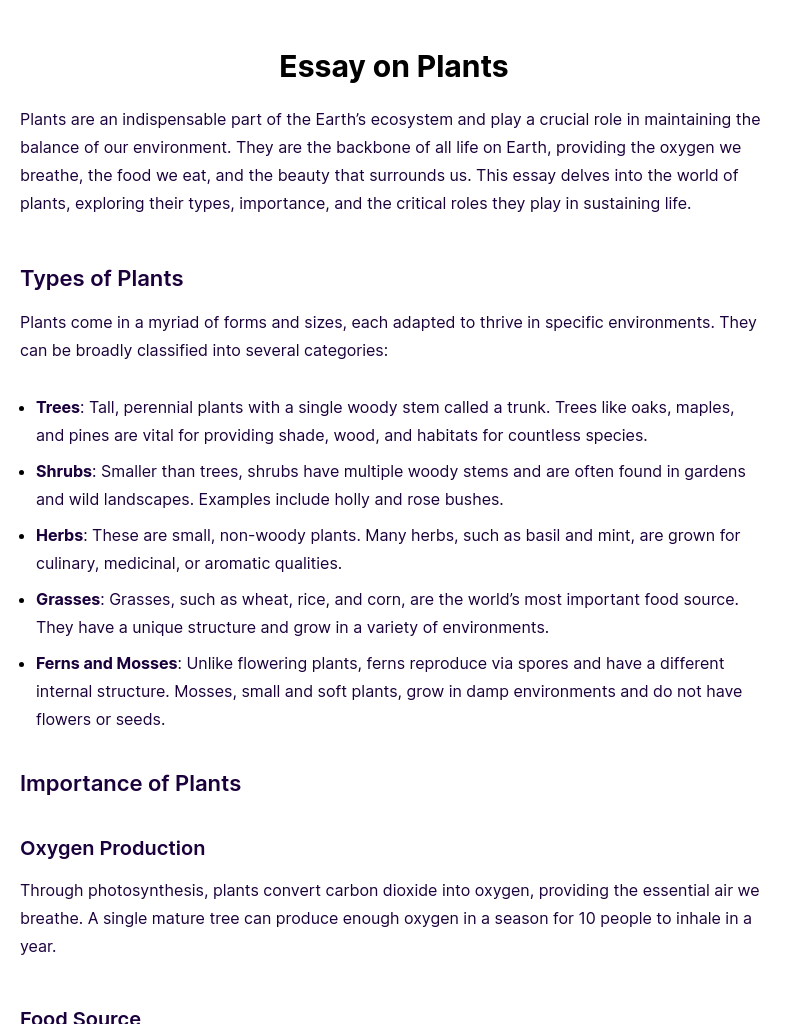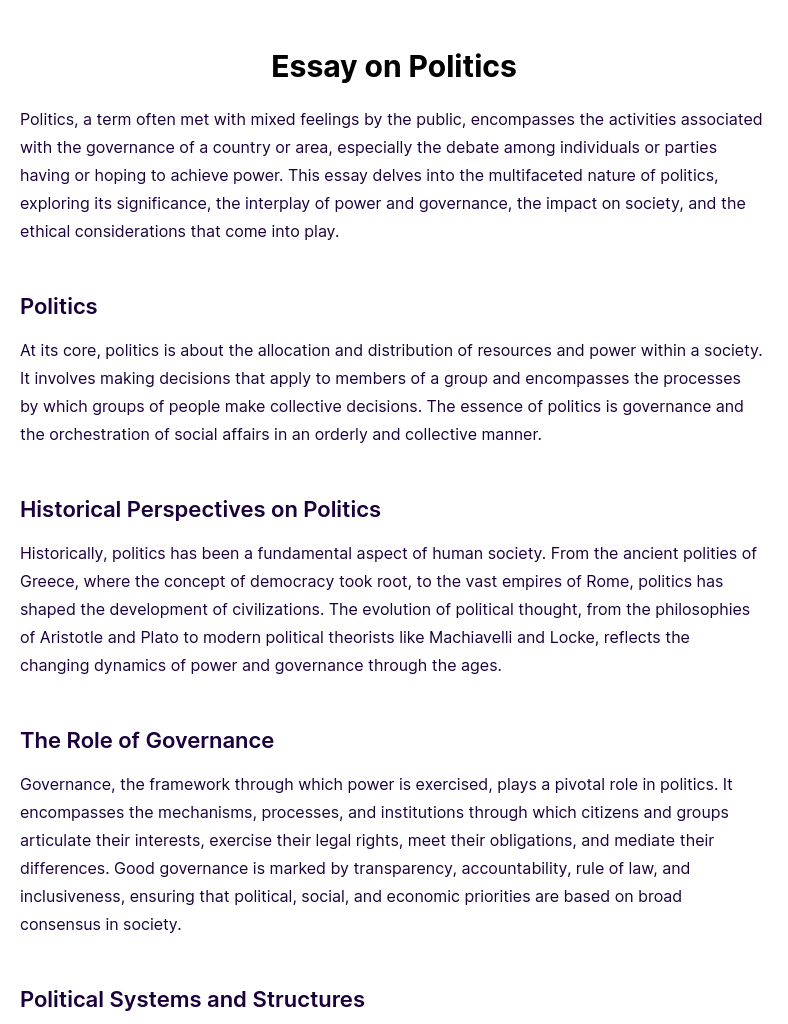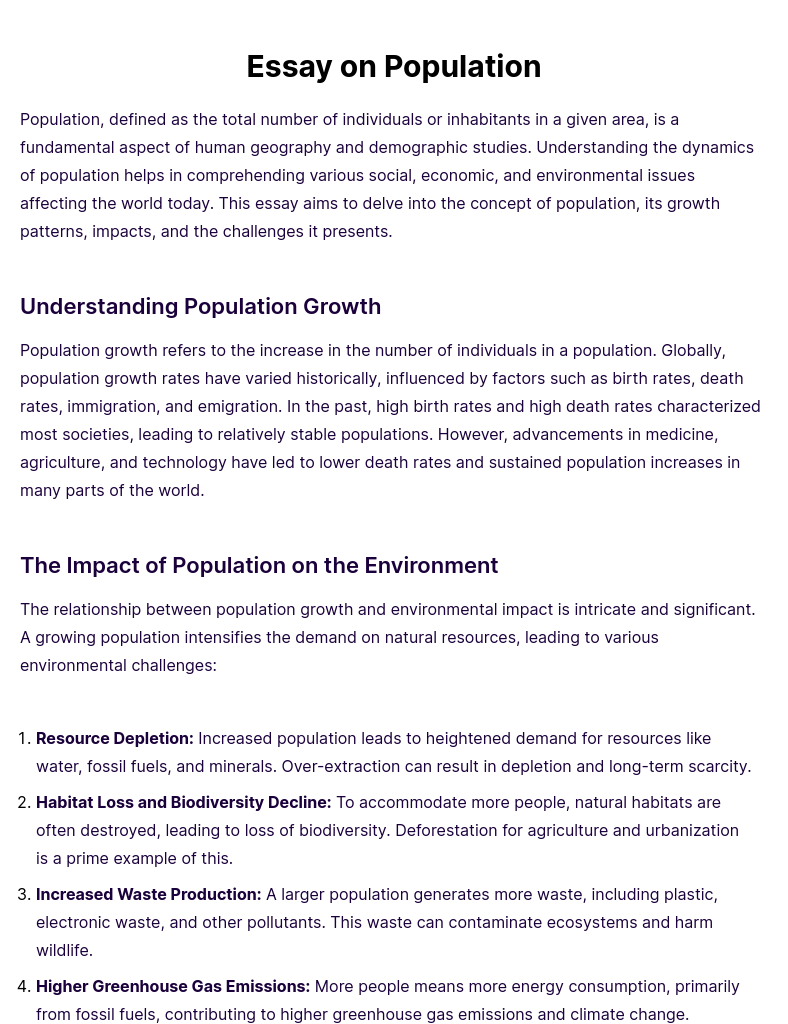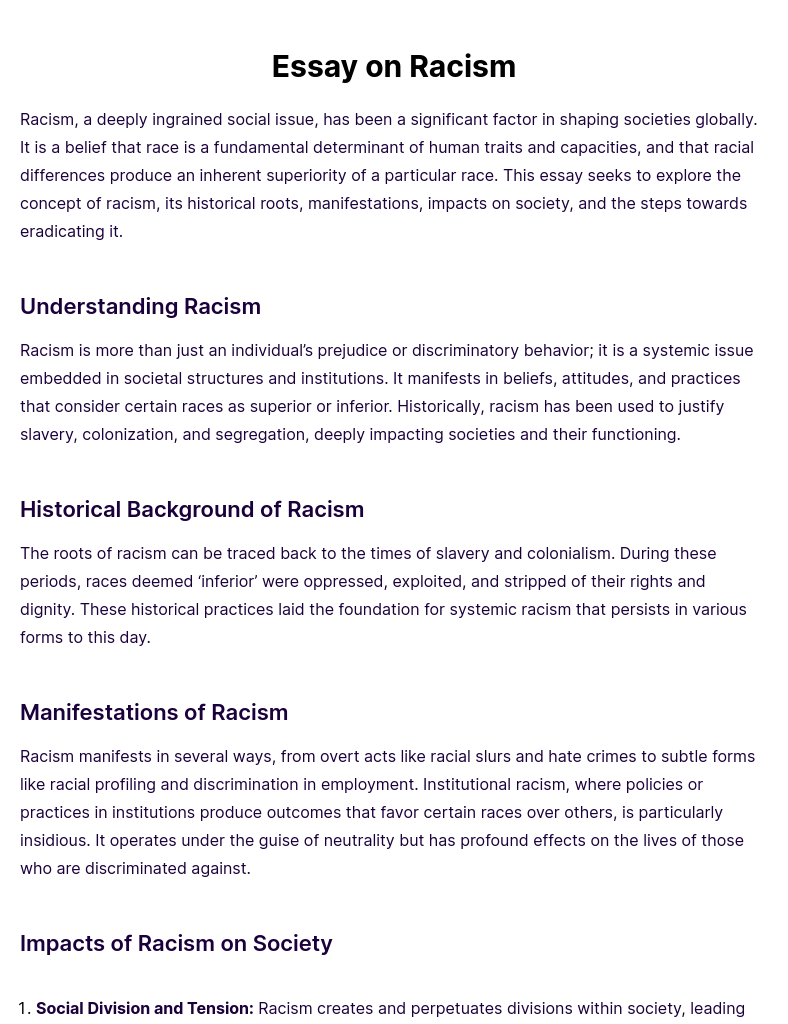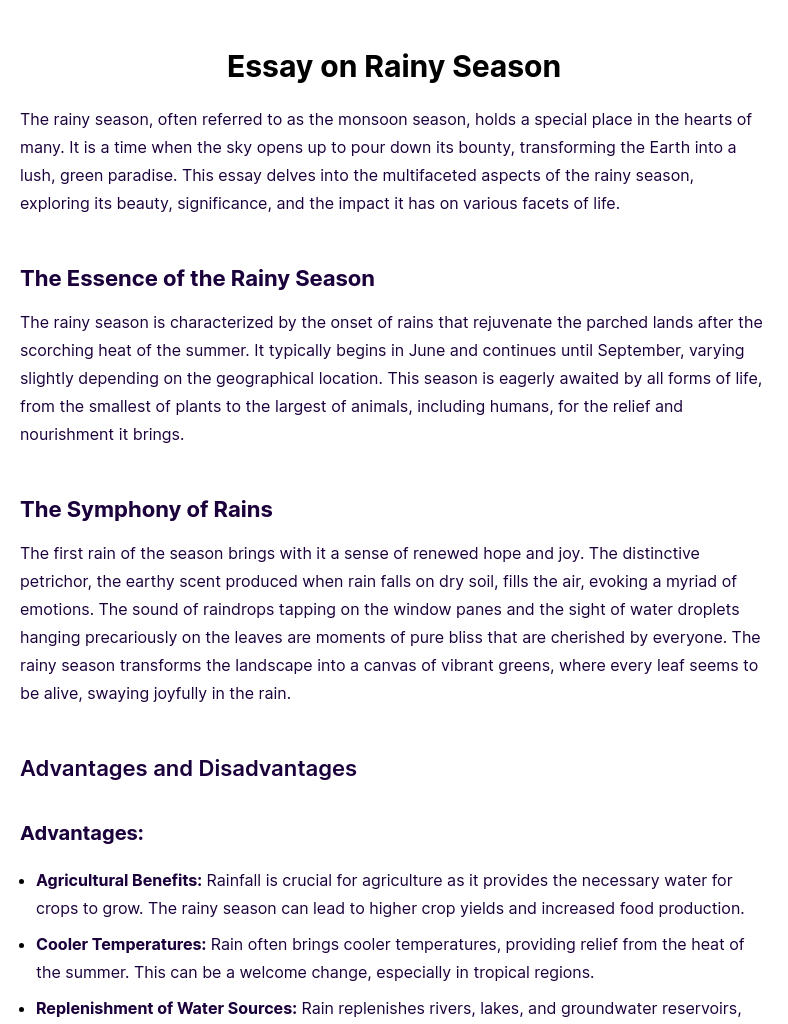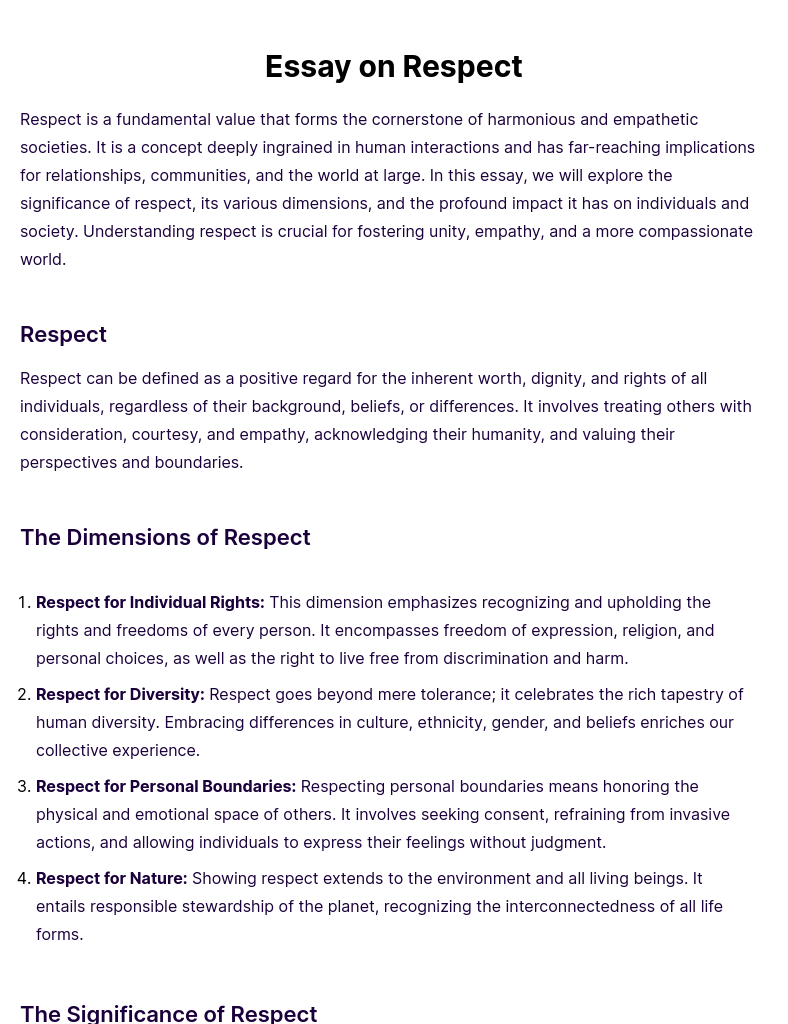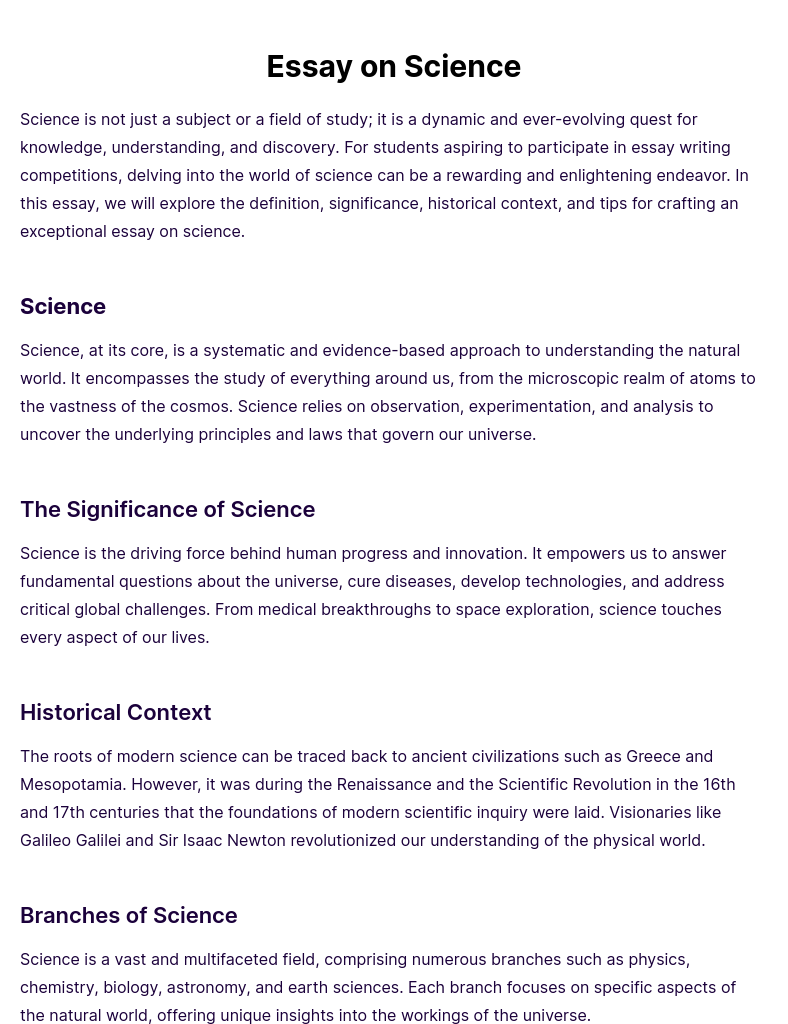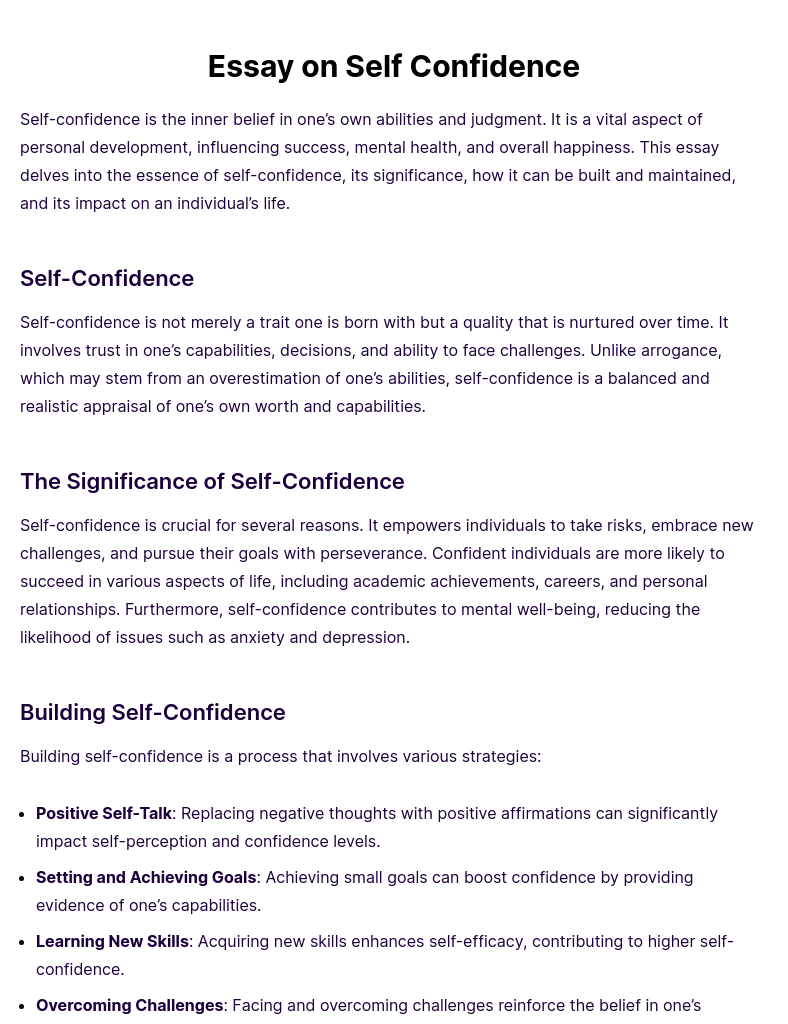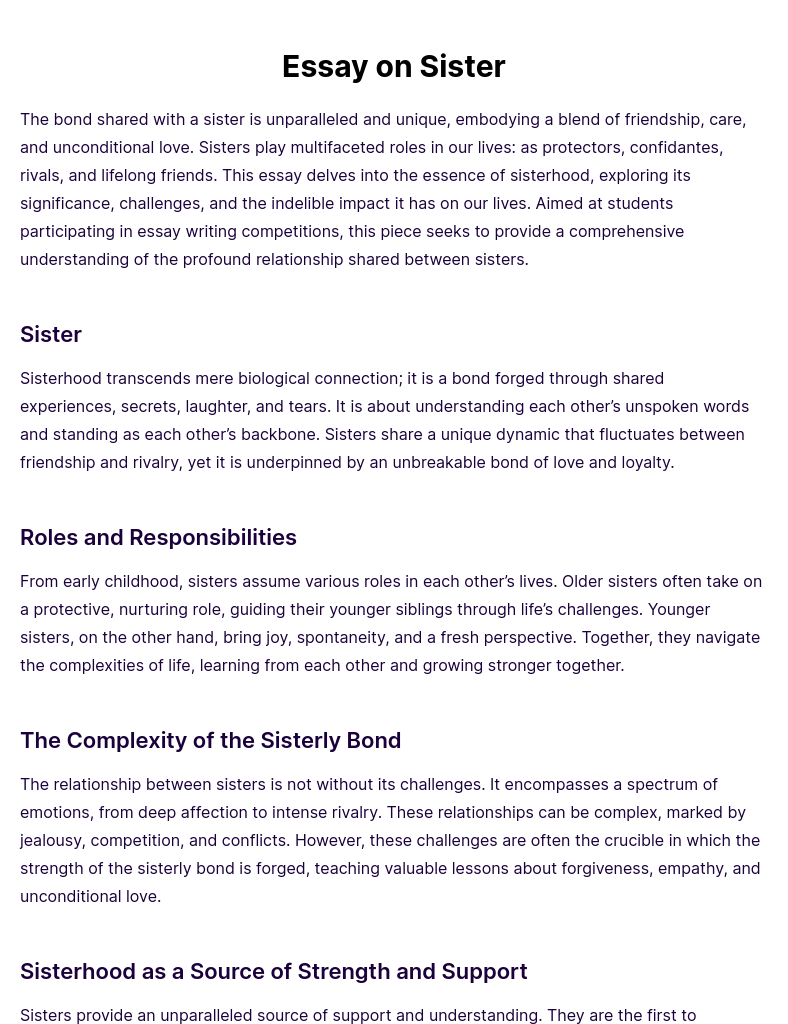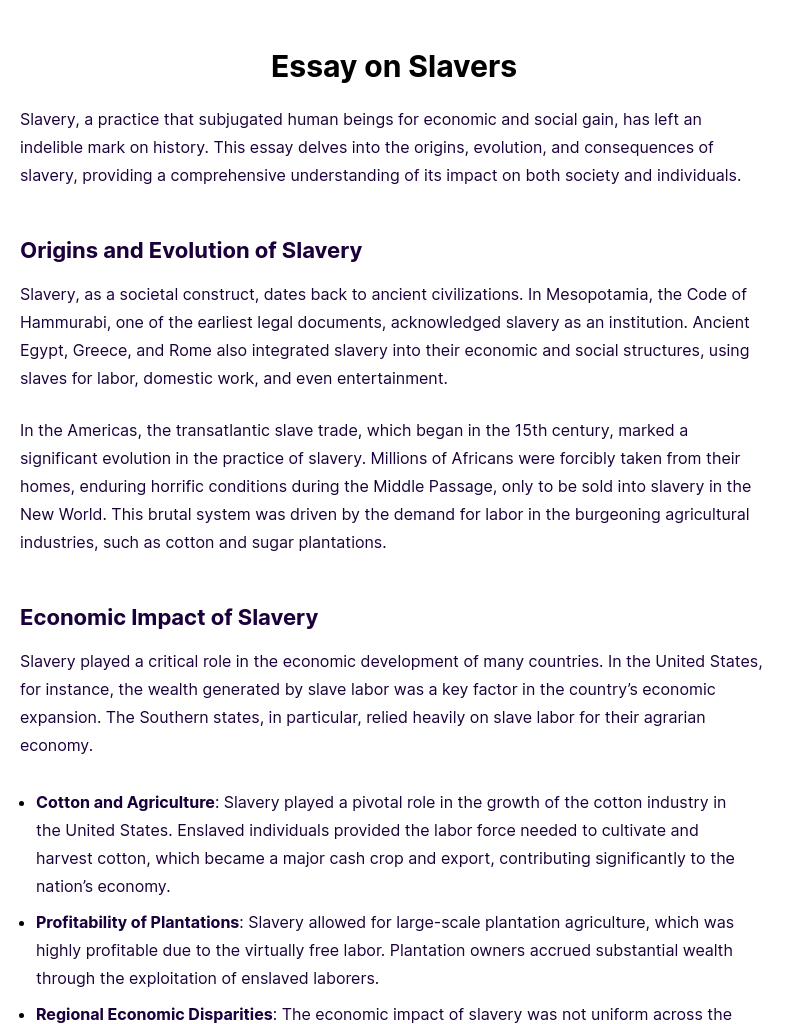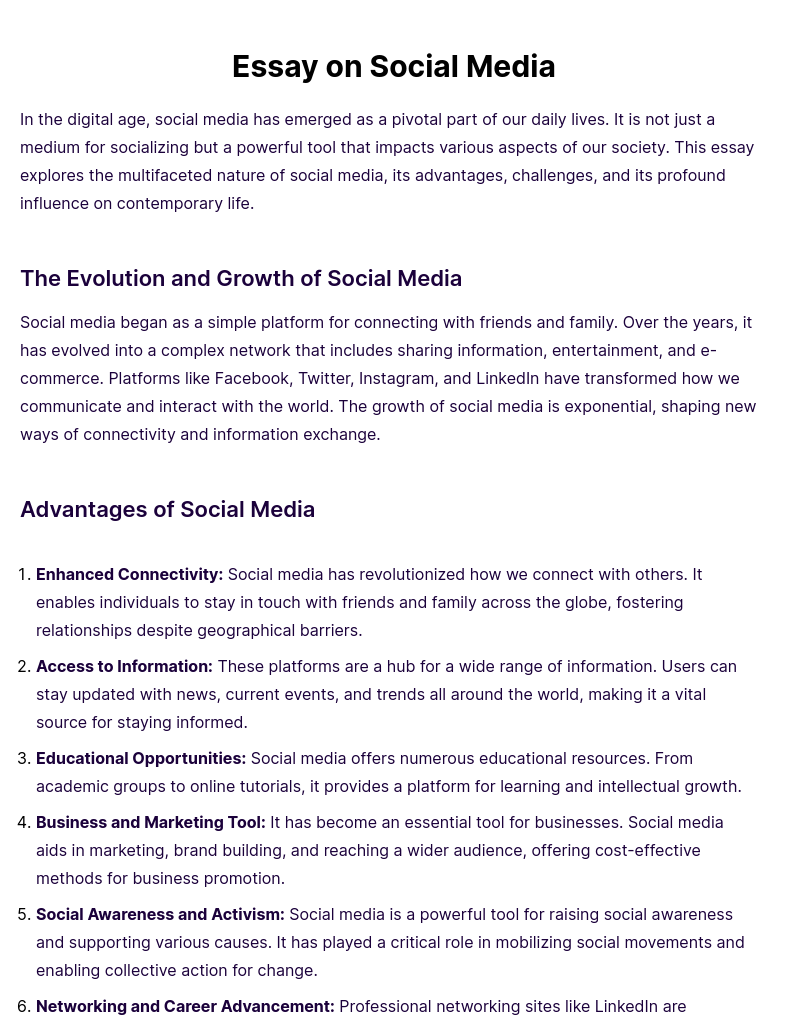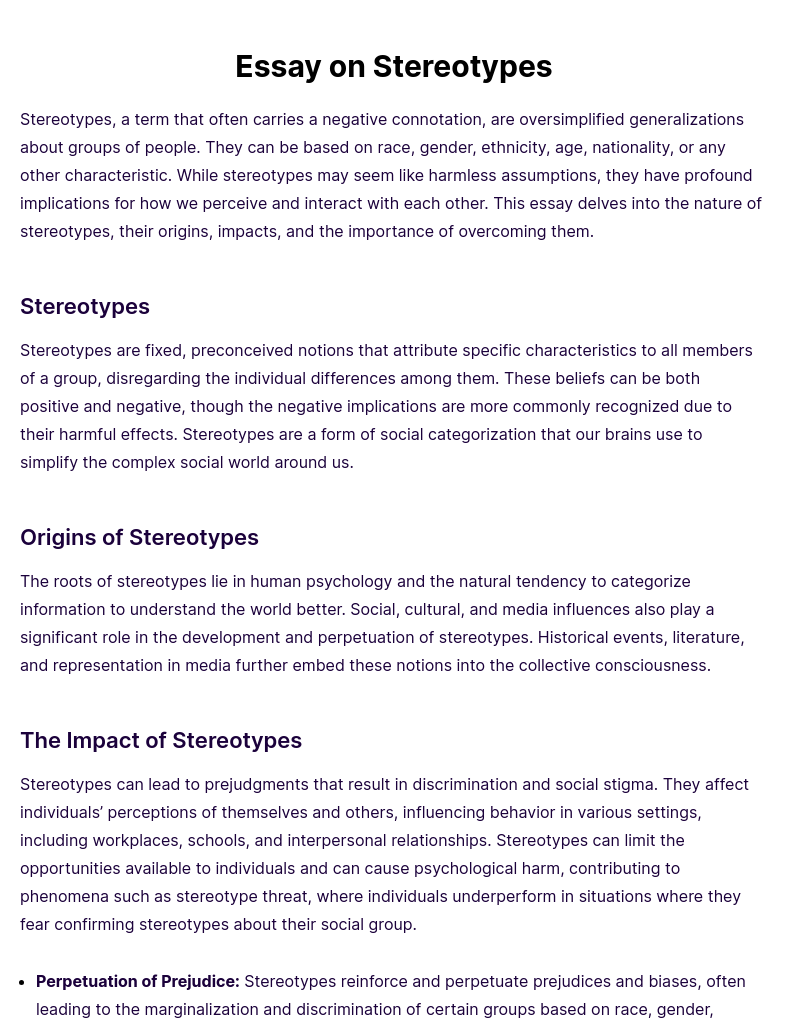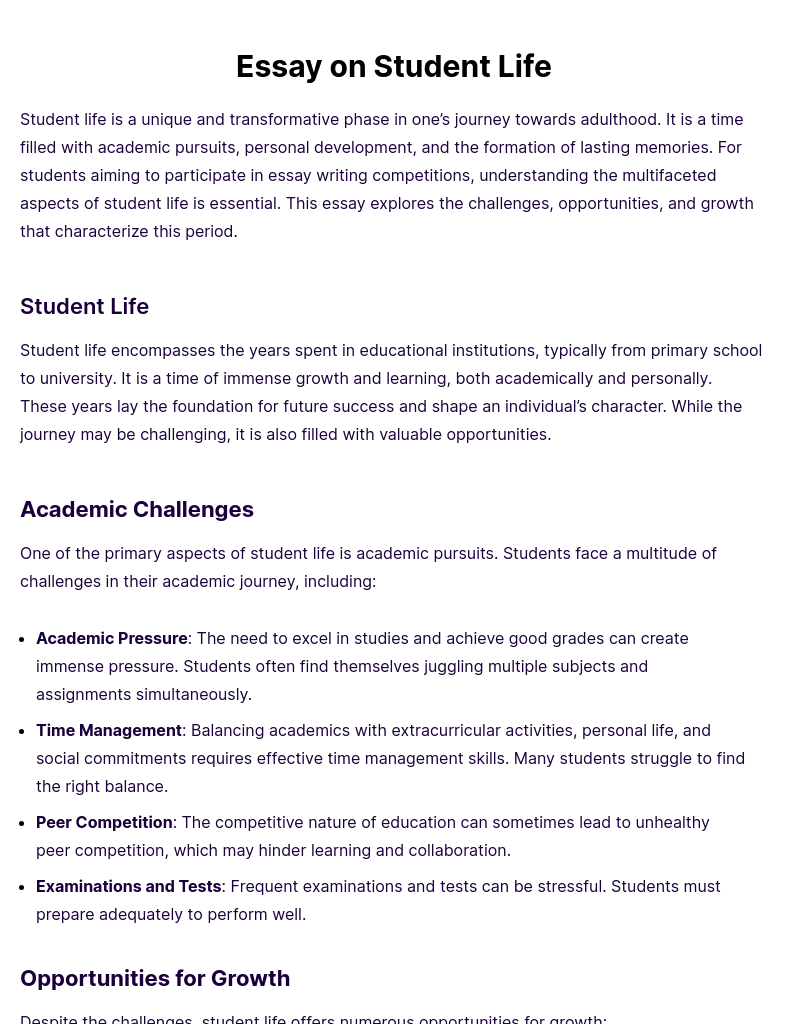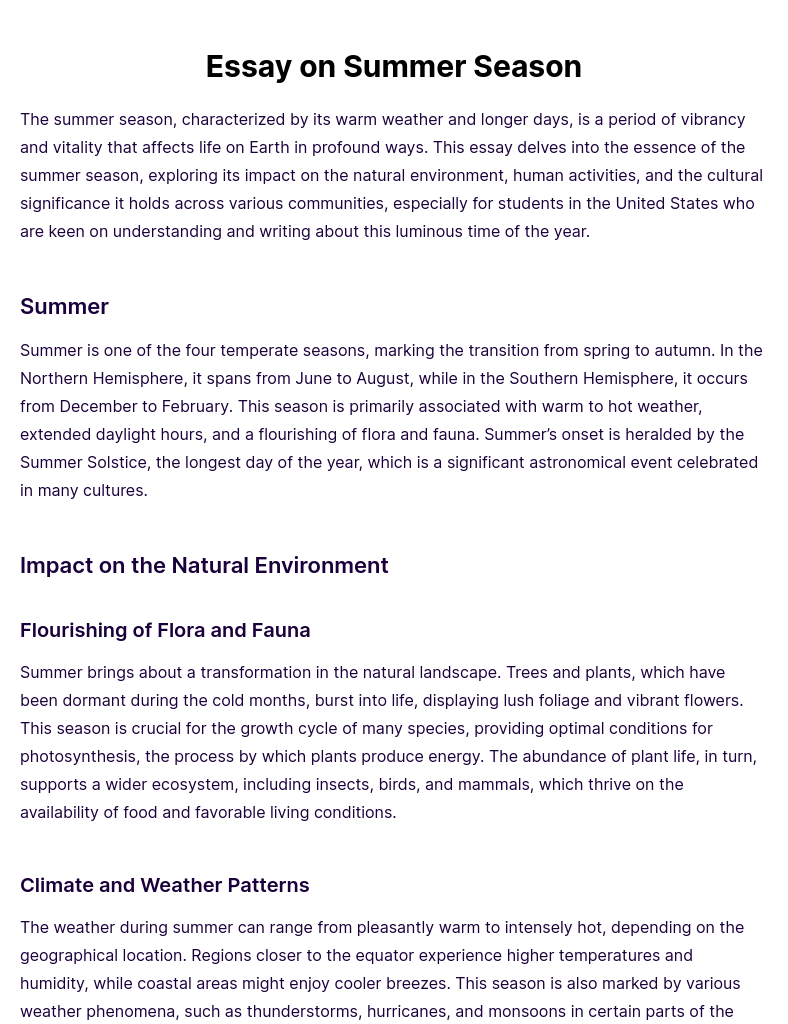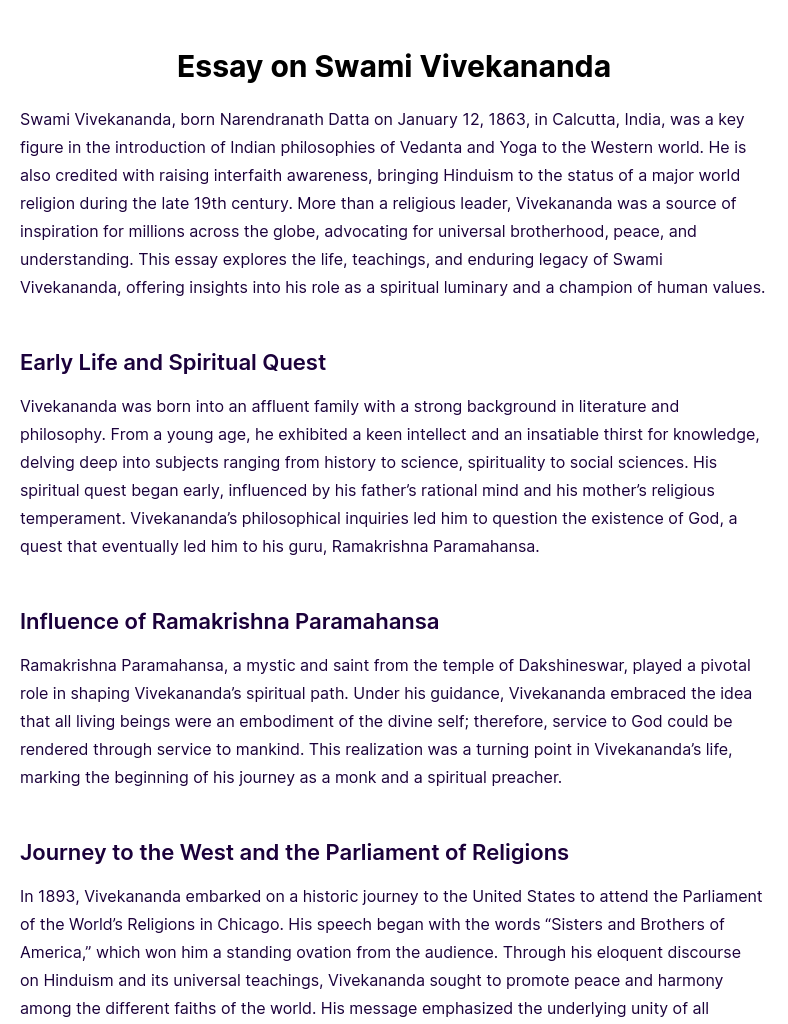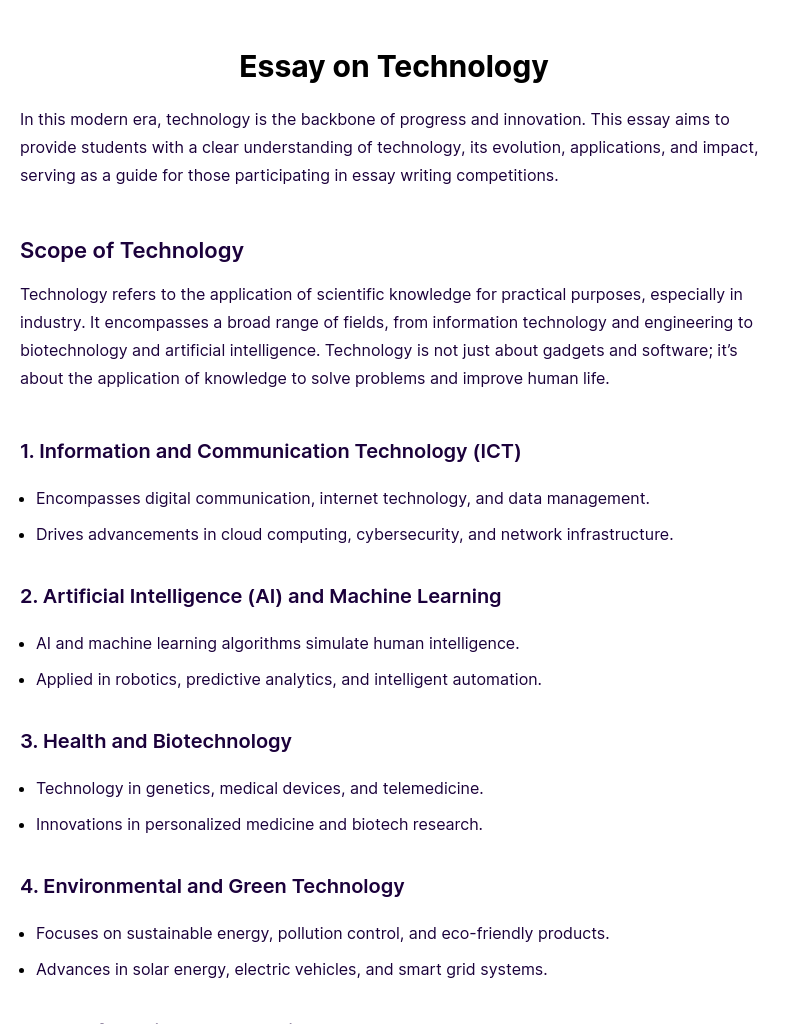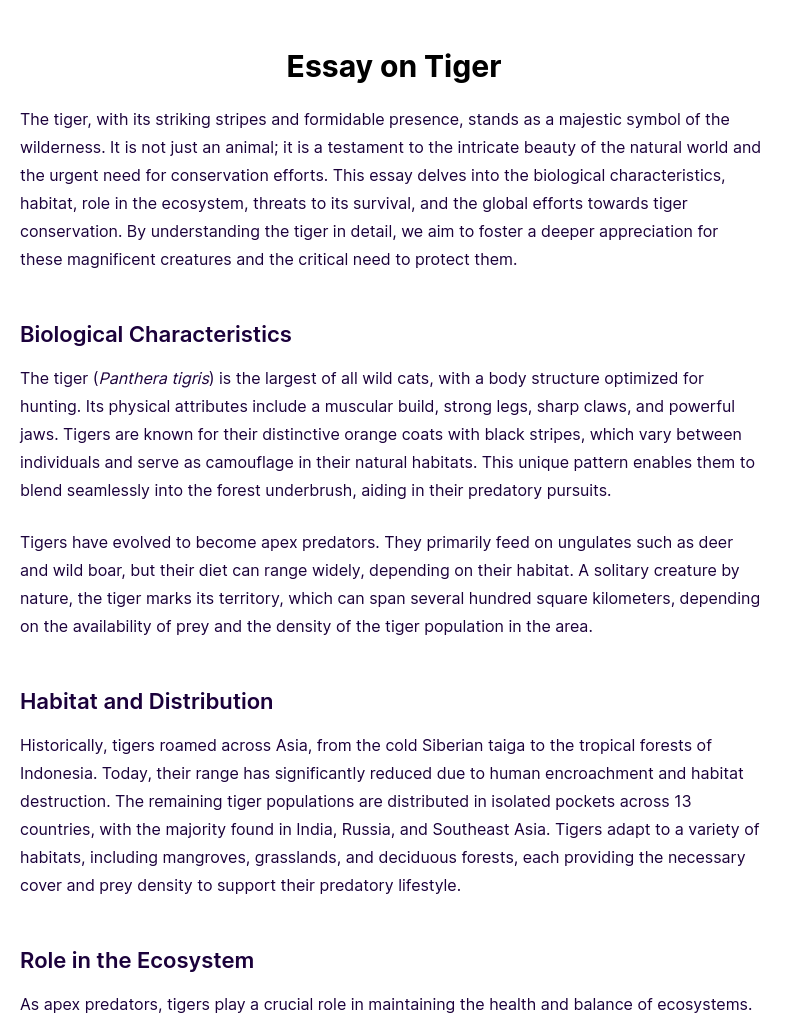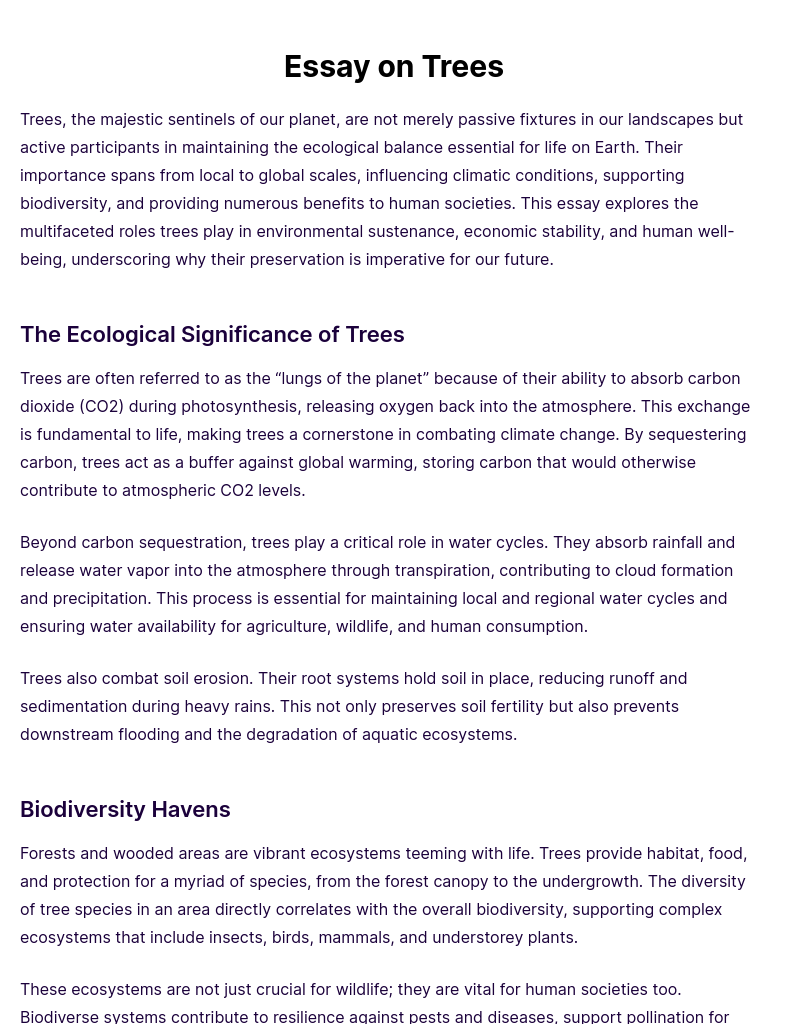The peacock, with its splendid display of colorful plumage and graceful demeanor, stands as a marvel of the natural world. Revered for centuries across various cultures for its beauty and symbolic significance, the peacock is not merely a bird; it is a tapestry of nature’s artistry and a source of inspiration for humanity. This essay delves into the fascinating world of peacocks, exploring their biological characteristics, habitat, cultural significance, and the lessons they impart, offering students a comprehensive understanding of this magnificent creature.
Biological Marvels and Habitat
Belonging to the family Phasianidae, the peacock refers specifically to the male of the species, while the female is known as a peahen, and together, they are peafowl. There are three main types of peafowl: the Indian Peafowl (Pavo cristatus), native to the Indian subcontinent; the Green Peafowl (Pavo muticus), found in Southeast Asia; and the Congo Peafowl (Afropavo congensis), indigenous to the African rainforests.
The most distinguishing feature of the peacock is its iridescent tail feathers or “train,” which it fans out in a spectacular display during courtship rituals or as a defensive mechanism. These feathers, adorned with eye-like patterns known as ocelli, create a mesmerizing effect, captivating onlookers. This display is not just for show; it plays a crucial role in the mating rituals, where the peahen chooses her mate based on the vibrancy and size of his plumage.
Peafowls are ground-feeders, foraging for food at dawn and dusk. Their diet is omnivorous, consisting of seeds, fruits, insects, and small reptiles. This dietary flexibility has enabled them to thrive in various habitats, from the dense forests of India and Sri Lanka to the savannahs of Africa.
Cultural and Symbolic Significance
The peacock holds a place of esteem in many cultures around the world, symbolizing a myriad of concepts such as immortality, resurrection, and nobility. In Hindu mythology, the peacock is associated with Saraswati, the goddess of wisdom, and Kartikeya, the god of war, representing purity and victory, respectively. It is also the mount of Lord Murugan, symbolizing the destruction of ego and pride.
In Christianity, the peacock symbolizes eternal life and the incorruptibility of the soul, with the eyes on its feathers representing the all-seeing eye of God. The bird’s ability to eat poisonous plants without harm led to the belief in its immortality and association with Christ.
Beyond religious symbolism, the peacock has been a symbol of opulence and royalty. Its image adorns various national emblems and coins, showcasing its status as a bird of significant cultural value.
The Peacock’s Environmental and Ecological Role
Peafowls play a crucial role in their ecosystems. As ground-feeders, they help control the population of pests and insects, contributing to the health of their habitats. Their foraging behavior also aids in seed dispersal, facilitating the growth of diverse flora. Thus, peafowls not only add beauty to their environments but also actively participate in maintaining ecological balance.
Conservation Status and Challenges
Despite their widespread admiration, peafowls face threats from habitat loss, hunting, and poaching, primarily for their feathers. The Green Peafowl, in particular, has been listed as Endangered by the International Union for Conservation of Nature (IUCN), highlighting the urgent need for conservation efforts. Protecting their natural habitats and implementing stricter anti-poaching laws are essential steps towards ensuring the survival of these magnificent birds.
Lessons from the Peacock
The peacock teaches us numerous lessons, both ecological and philosophical. Ecologically, it reminds us of the interdependence between species and the importance of biodiversity. Philosophically, the peacock symbolizes the beauty of expressing one’s true colors and the importance of humility. Despite its stunning appearance, the peacock remains a ground-feeder, a humble reminder that no matter how high we may rise, staying grounded and true to our roots is essential.
In conclusion, The peacock, with its unparalleled beauty and rich symbolic significance, continues to fascinate and inspire. It is a living testament to nature’s creativity, a symbol of grace, beauty, and the intricate balance of ecosystems. As we admire the peacock’s majestic display, let us also recognize our responsibility to protect these remarkable creatures and the environments they inhabit. Through understanding and appreciation, students can learn not only about the biological and ecological aspects of the peacock but also imbibe the cultural and moral values it represents. In celebrating the peacock, we celebrate the beauty of nature itself, a beauty that demands our respect, protection, and admiration.



